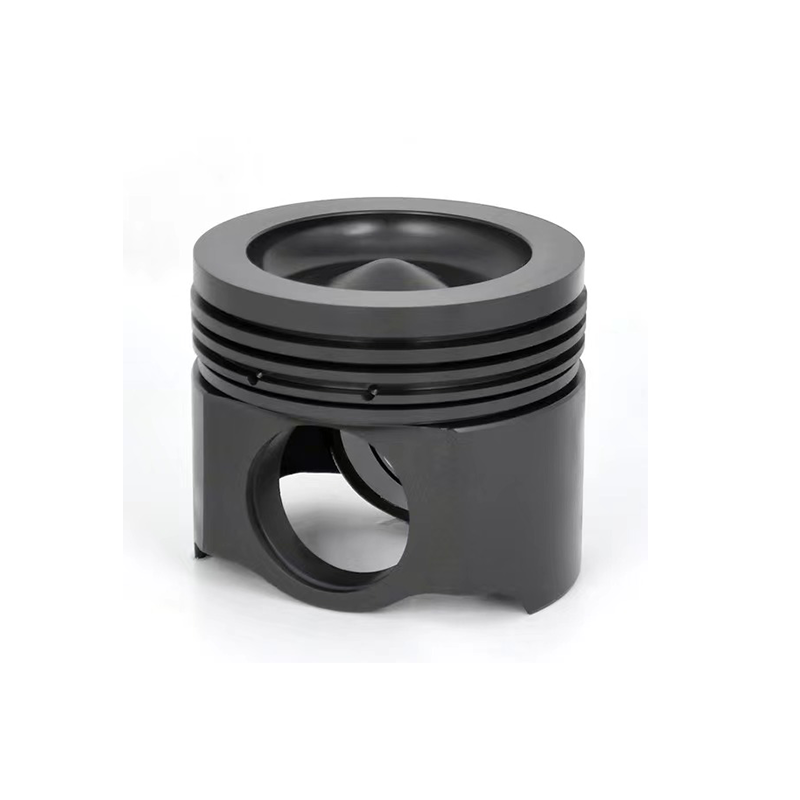The use of different pistons in engines can be influenced by several factors, including the specific design goals and requirements of the engine, intended usage, power output, efficiency, and cost considerations. Here are a few reasons why different pistons may be used in engines:
1. Engine Size and Configuration: Different engine sizes and configurations (such as inline, V-shaped, or horizontally opposed) have varying requirements for pistons. The piston’s dimensions, including its diameter, stroke length, and compression height, are tailored to optimize performance and fit within the engine’s design constraints.
2. Power Output and Performance: Piston design can be tailored to achieve specific power outputs and performance characteristics. High-performance engines often require pistons that can withstand higher temperatures and pressures, have enhanced cooling features, and provide improved sealing to maximize power and efficiency.
3. Material Selection: Piston materials can vary depending on factors such as engine type, desired strength, weight, and cost. Common piston materials include cast aluminum alloys, forged aluminum alloys, and steel. Different materials offer various advantages and trade-offs in terms of durability, thermal expansion, weight reduction, and cost.
4. Fuel Type: The type of fuel used in an engine can also influence piston design. Engines designed for different fuels, such as gasoline, diesel, or alternative fuels like ethanol or natural gas, may require different piston designs to accommodate variations in combustion characteristics, compression ratios, and operating temperatures.
5. Forced Induction: Engines equipped with forced induction, such as superchargers or turbochargers, often require stronger pistons to withstand the increased pressure and temperatures generated by forced induction. These pistons may have reinforced structures and improved cooling features to handle the additional stress.
6. Cost Considerations: Piston design can also be influenced by cost considerations. Mass-produced engines used in mainstream vehicles may prioritize cost efficiency, resulting in simpler piston designs that meet the desired performance targets while keeping manufacturing costs low. On the other hand, high-performance engines or specialized applications may prioritize performance over cost, resulting in more advanced and expensive piston designs.
It’s important to note that engine design is a complex process, and multiple factors are considered when selecting piston configurations. Engineers optimize various components, including pistons, to achieve the desired balance of performance, durability, efficiency, and cost for a particular engine design and its intended application.
Post time: Jun-20-2023

